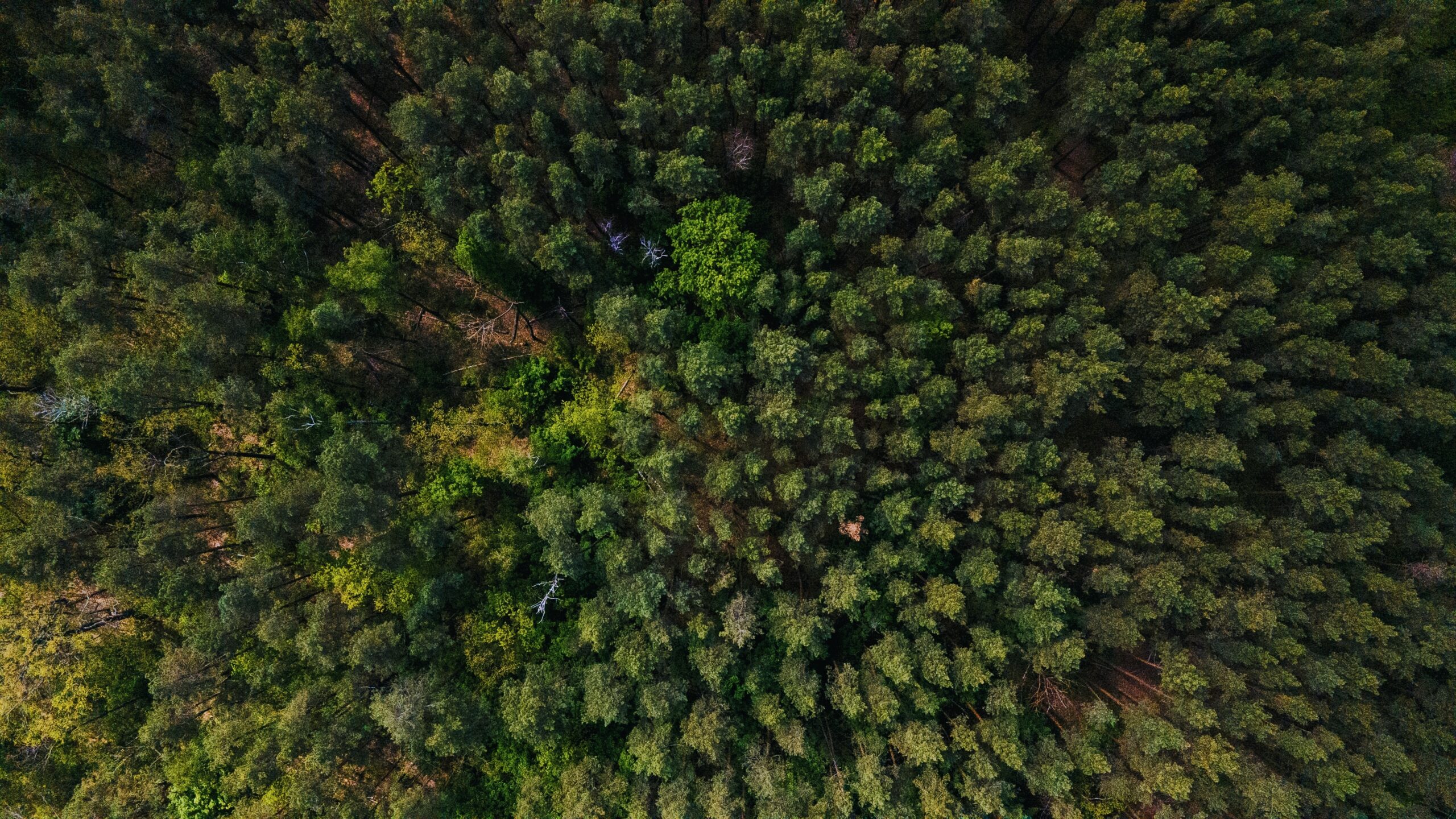International day of forests

March 21 is celebrated as the International Day of Forests by the United Nations. Forest sustainable management and their use of resources are key to combating climate change, and they also play a crucial role in poverty alleviation and in the achievement of the Sustainable Development Goals (SDGs).
In order to recognize and spread awareness of the value of all types of forests, the United Nations General Assembly established March 21 as International Day of Forests in 2012. Countries are urged to arrange activities involving forests and trees, such as tree-planting programs, on a local, national, and worldwide level.
The Food and Agriculture Organization of the United Nations (FAO) and the United Nations Forum on Forests are the organizers, working together with governments, the Collaborative Partnership on Forests, and other pertinent agencies in the area.
People’s health benefits from forests are numerous. In addition to improving our wellbeing, they clean the air, produce food, combat climate change by capturing carbon, and purify the water. It is our responsibility to protect these priceless natural resources.
Forests play a central role in combating the biggest health threat facing humanity: climate change. Healthy forests help keep global warming in check: according to the FAO, forests contain 662 billion tonnes of carbon, which is more than half the global carbon stock in soils and vegetation. Forests and trees also help buffer exposure to heat and extreme weather events caused by climate change, which pose a major global health challenge. For example, trees properly placed around buildings cool the air and can cut air conditioning needs by up to 30 percent, also saving energy.
Conserving and sustainably using forests is one of the best ways of protecting our planet and ourselves. Healthy forests are vital for all aspects of a healthy planet, from livelihoods and nutrition to biodiversity and the environment, but they are under threat. It’s up to us to safeguard these precious natural resources.





